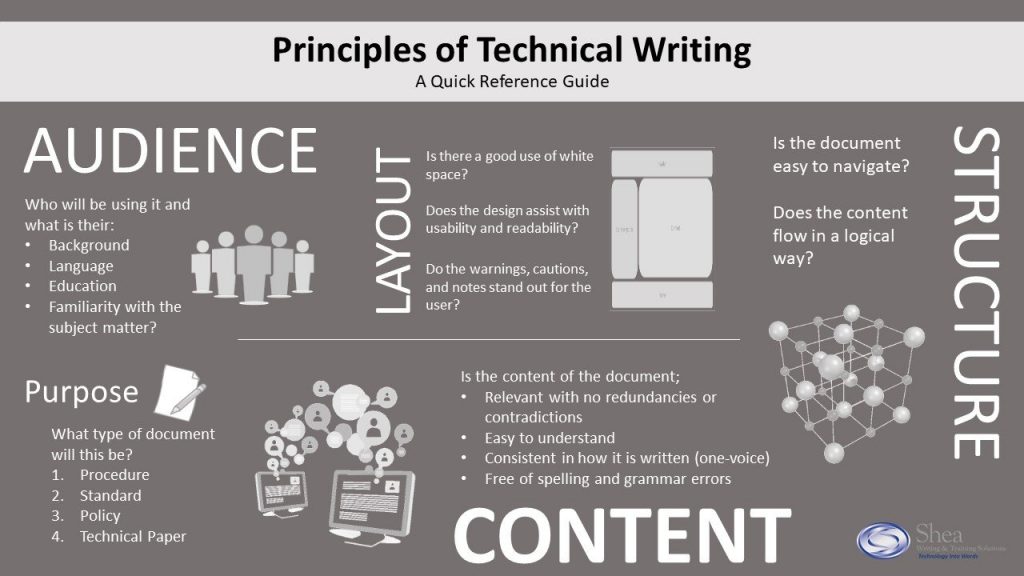1.2 Conventions and Characteristics
Every genre of writing has unique characteristics and rules, called conventions, that help readers classify a document as belonging to a particular genre. This also applies to film and music. Think about the last movie you saw. What type of movie was it? What was it about that movie that gave you that impression? Did the characters wear Stetson hats, ride horses, and carry guns? Did they fly in space ships, encounter alien beings, and use futuristic technology? Those elements are typical conventions of Western and science fiction genres.
Non-fiction is a category that can be broken into various genres. The main genres that are relevant to us are journalism (newspaper writing), academic writing (written by scholars and published in peer-reviewed academic journals or books), and technical writing. Before we get into the specific conventions that characterize technical writing, take a moment to think back to your academic writing course and list some conventions typical of journalism (popular press) and academic writing in Table 1.2.1.
| Criteria | Journalistic | Academic |
|---|---|---|
| Purpose | ||
| Audience | ||
| Writing Style | ||
| Tone | ||
| Structure | ||
| Format/Formatting | ||
| Other Features |
Like journalism and scholarly writing, technical writing also has distinct features that readers expect to see in documents that fall within this genre. These include (a) use of headings to organize information into coherent sections, (b) use of lists to present information concisely, (c) use of figures and tables to present data and information visually, and (d) use of visual design to enhance readability (all of these topics are covered in Chapter 3: Document Design). These conventions are connected to the main purposes of technical writing, which include communicating the following:
Technical documentation is intended to communicate information to the people who need it in a way that is clear and easy to read, at the right time to help make decisions and to support productivity. Designing technical communication is like designing any other product for an intended user: the ultimate goal is to make it “user friendly.”
Keywords here are accessible, usable, clear, goal-oriented, effective, and reader-centred. The characteristics of technical writing support these goals and concepts.

If we filled in Table 1.2.1 with typical characteristics of technical writing, it might look something like Table 1.2.2:
| Criteria | Technical Writing |
|---|---|
| Purpose | To communicate technical and specialized information in a clear, accessible, usable manner to people who need to use it to make decisions, perform processes, or support company goals. |
| Audience | Varied, but can include fellow employees such as subordinates, colleagues, managers, and executives, as well as clients and other stakeholders, the general public, and even readers within the legal system. |
| Writing Style | Concise, clear, plain, and direct language; may include specialized terminology; typically uses short sentences and paragraphs; uses the active voice; makes purpose immediately clear. |
| Tone | Business/professional in tone, which falls between formal and informal; may use first person or second person if appropriate; courteous and constructive. |
| Structure | Highly structured; short paragraphs; clear transitions and structural cues (headings and sub-headings) that highlight document organization. |
| Format/Formatting | Can be in electronic, visual, or printed formats; may be long (reports) or short (emails, letters, memos); often created with the use of style guides to plan formatting features; uses headings, lists, figures and tables. |
| Other Features | Typically objective and neutral; ideas are evidence and data-driven; descriptors are precise and quantitative whenever possible. |
Knowledge Check
References
Shea Writing and Training Solutions. (2019). Principles of Technical Writing. https://www.sheaws.com/basic-principles-of-technical-writing/.

